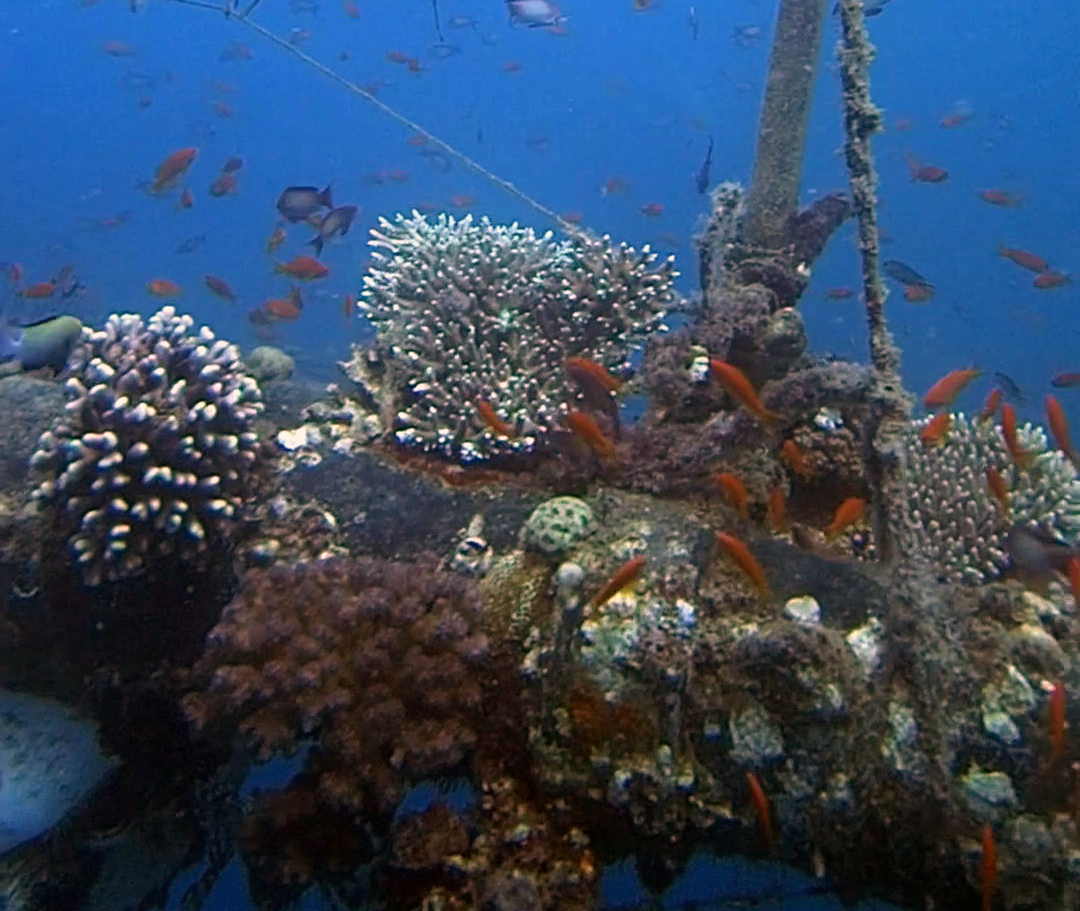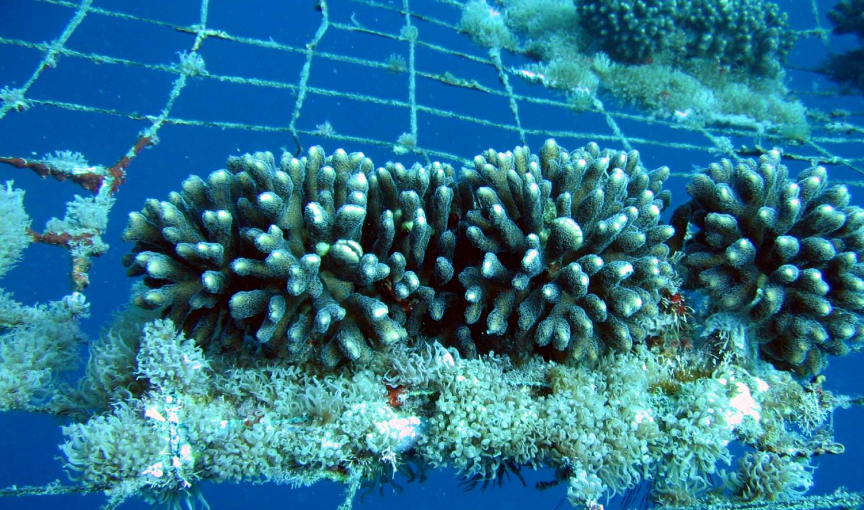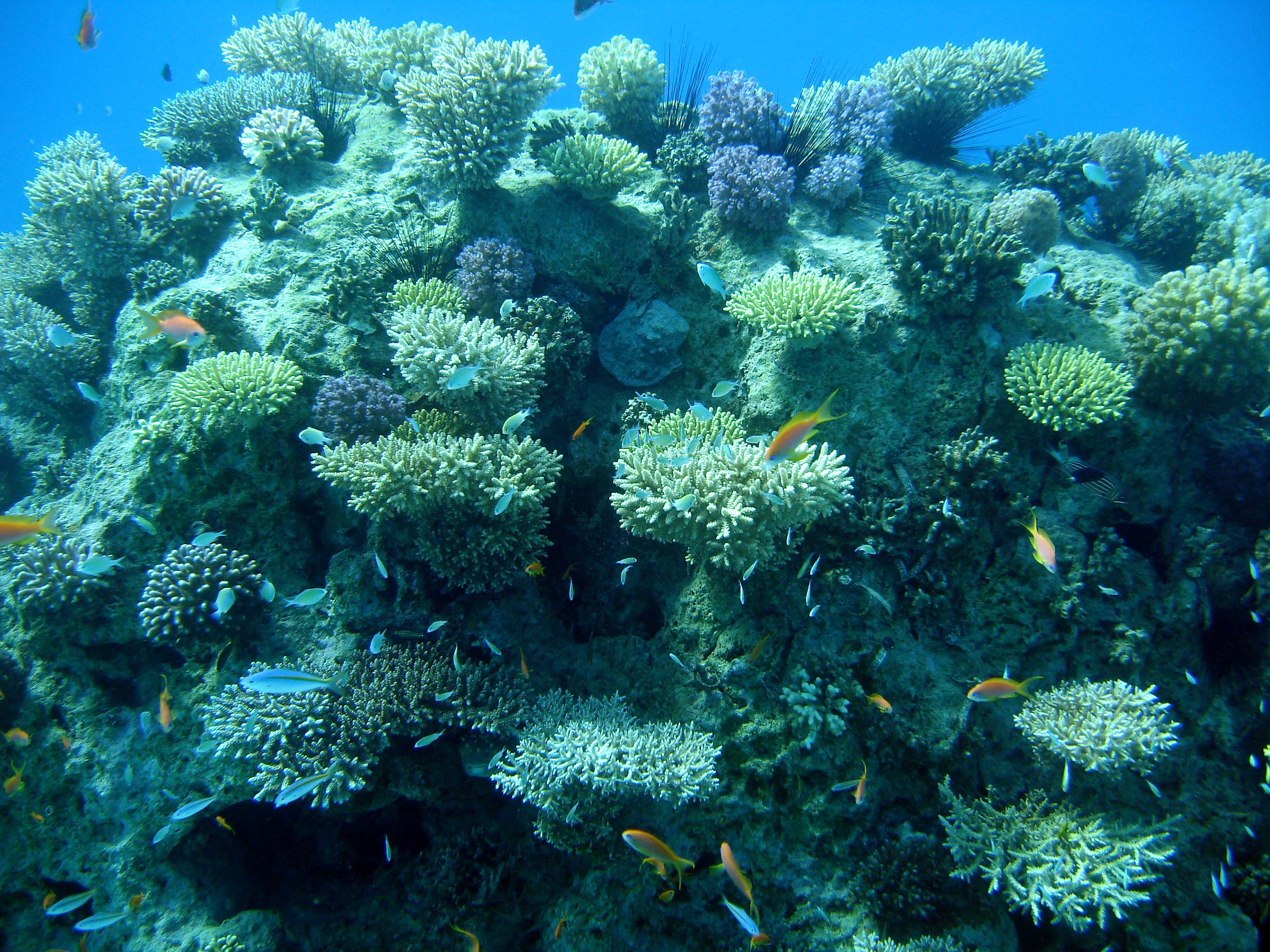Israel Oceanographic and Limnological Research
Cnidarias
| Class | Sea anemones and corals |
| Species | Stylophora pistillata |
| Metabolite | Mycrosporine-like amino acids |
| Bio-activity | Protection against solar irradiation |
Why Cnidarias?
Cnidarias, like corals and sea anemones, hold great promise for developing continuous cell lines that produce valuable compounds, despite facing some challenges. Unlike sponges, we haven't yet established long-lasting cell cultures for cnidarians, mainly due to contamination issues and the lack of suitable culture conditions. However, recent advances have shown some progress in culturing these cells from embryonic and adult tissues. Despite these challenges, researchers are working to standardize culture methods to unlock the potential of cnidarian cells for the continuous production of essential compounds.
What can they be used for?
Cnidarias are remarkable producers of diverse natural compounds with various medicinal properties, making them incredibly valuable for pharmaceuticals and biotechnology. These compounds include materials like mycosporine-like amino acids (MAAs), actinoporins, and cytotoxic agents, found abundantly in corals. They also contain unique pigments and other chemicals with potential therapeutic benefits. Researchers are exploring these compounds for their ability to fight infections, cancer, and inflammation. By understanding how these compounds are made and finding ways to produce them in large quantities from cnidarian cells, we can harness their potential for developing new drugs and treatments.



